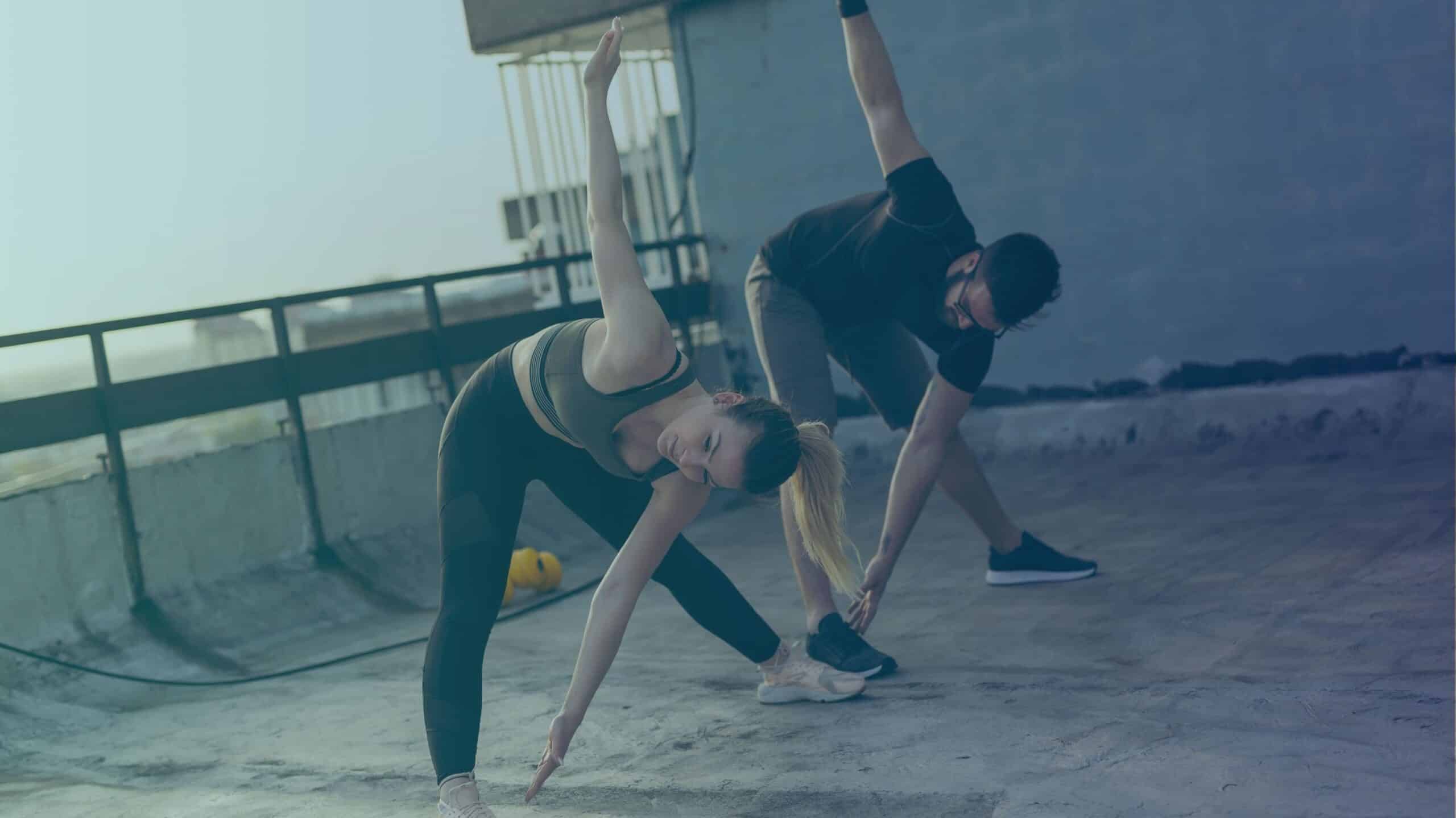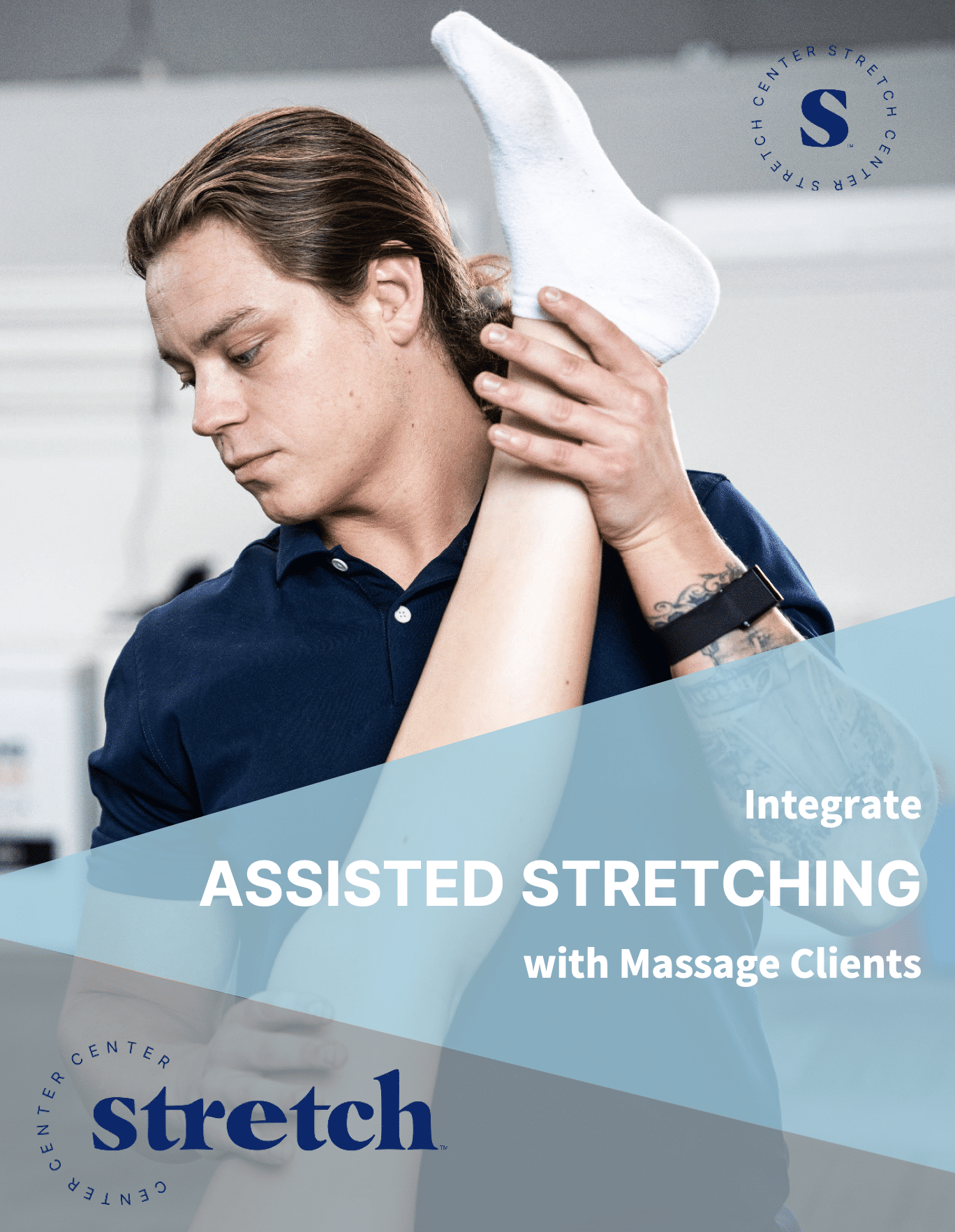Stretching is a cornerstone of athletic performance and overall physical health, but not all stretching methods are created equal. Two common types of stretching, static and dynamic, serve different purposes and are best utilized at specific times in relation to athletic activities. Understanding the differences between these stretching techniques can help athletes and fitness enthusiasts optimize their routines and reduce the risk of injury.
Dynamic stretching involves controlled, active movements that take muscles and joints through their full range of motion. This type of stretching is ideal for warming up before athletic activities because it increases blood flow, elevates heart rate, activates the nervous system, and increases synovial fluid allocation to the necessary joints. Examples of dynamic stretches include leg swings, hip circles (baby gates), shoulder rolls, arm circles, and walking lunges. By mimicking the movements of the activity to follow, dynamic stretching prepares the body for optimal performance and reduces the likelihood of strains or pulls.
In contrast, static stretching involves holding a stretch in a single position for an extended period, typically 15-60 seconds. This technique is most effective post-exercise, as it helps relax muscles, improve flexibility, and reduce post-workout stiffness. Examples include hamstring stretches, quad stretches, and seated forward folds. Implementing static stretching after physical activity aids in recovery and can help maintain or improve overall range of motion over time. These can even be implemented again prior to sleeping to maximize the potential benefit of static stretching.
A stretch therapist can be an invaluable resource for determining which stretches are most beneficial for an individual’s specific needs and goals. Before exercise, a therapist can guide clients through dynamic stretches tailored to their sport or activity, ensuring proper technique and addressing any areas of tightness or imbalance. Post-exercise, the therapist can recommend static stretches that target muscles worked during the activity, helping to release tension and promote recovery. With their expertise, stretch therapists provide personalized routines that enhance performance, prevent injuries, and support long-term physical well-being. If understanding how to best integrate assisted stretching and maximizing your revenue with your current client base sound like they’d be beneficial for you, then take Stretch Center’s Assisted Stretching course today! Click here to get started!





